Behold our FTC disclosure masterpiece here ...
Dear, Horsepower (Goodbye ZH2)
We humans use many points of view or standards to direct our lives. We grapple with the conundrum of what we need versus what we want. In the world of motorcycles, this often translates to a debate about horsepower. How much horsepower do we need and how much do we want?
Tom Brown Jr. is an interesting guy. He teaches at a wilderness survival school in New Jersey and many years ago, I attended several of his classes. The classes drew from Native American philosophies and skills and he was a wizard in the woods.
He held a base tenet that to survive in the wilderness, you need to be able to separate your needs from your wants. Most of us can survive weeks without eating but we'd better secure water within a few days. This principle can expand to be a pretty good standard for survival in life, whether it be monetarily, calorically or in just about any area of our lives.
In the context of motorcycles, this principle can be applied to horsepower.
We all know people who can't get enough. Obesity is rampant in our society. Most humans need a couple thousand calories daily to be healthy but restaurants in the Houston, Texas area where I live serve triple-sized portions. Fifteen hundred calorie desserts! Zillionaires, who have more money than they could possibly spend in their lifetime, try to influence laws and the world so they can get more.
How Much Horsepower Is Enough?
Now, let's talk about motorcycles. How much horsepower do we need in our motorcycles? Or more specifically, how much horsepower do we want?
Holy crap, ask this question if you want to ignite an absolute war in an online forum. It's worse than asking how to maintain a drive chain or what kind of oil to use. Zealots want to physically fight over these topics.
Basic motorcycle classes typically use 250cc displacement bikes. The site where I taught used the ubiquitous Suzuki TU250, a single-cylinder, standard style ride that's great for training. They're difficult to kill, have a seating arrangement that works for most students and have adequate power.
In terms of horsepower, they may not be the most powerful but they have "enough".
Did I say adequate power? I don't know any motorcyclist who'd consider the TU250 as their first choice for street use. However, if you look at the facts, the TU250 would do fine. It'll go about 90 miles per hour. They'll outrun most cars from a stoplight and are fast enough for freeway travel. They're fairly comfortable and powerful enough to carry a reasonably sized passenger. Added to all that, they get great gas mileage.
About that word, "adequate". There's not one motorcycle safety instructor who hasn't wished their training motorcycles had less horsepower when an out-of-control, panicked student is riding off the training range with a wide-open throttle. The pedestrian 250 can get up to dangerous speeds quickly.
I've owned motorcycles with a wide range of power and styles. My first was a 1962 Yamaha 80cc street bike with maybe six (6) horsepower. It struggled to get to 60 miles per hour but was faster than my brother's Honda Sport 50. That motorcycle gave me the quantum leap from a pedaled bicycle to powered riding and I loved every minute on it.
Then there was a KTM SuperMoto, a Honda Hawk GT, a Yamaha XS650, two GoldWings and many others. And, until yesterday, a Kawasaki Z H2.
Kawasaki claimed about 200 horsepower for the Z H2. A standard posture motorcycle, it was comfortable and fit me well. Absurdly fast, I struggle to find adequate words to describe what it was like to ride.
I've owned and ridden several fast motorcycles but the Z H2 went to a completely new level. You'd better be holding on and pointed in the desired direction before you open the throttle. Any gear, any speed. The term "ballistic missile" comes to mind. Zero to go-to-jail speeds in seconds.
Maybe HP Isn't Everything
One YouTube tester said it'd be quicker to just open the throttle wide open and ride around the world than it would be to do a 3-point turn to go the other way. I agree. I'll probably never ride a more exciting machine.
I traded that ballistic missile for a KTM 890 Duke R. My buddy, Andy Marcer, completely agreed with my decision. A mid-sized motorcycle lover, Andy pointed out that I really couldn't use what the Z H2 could do so well.
Third gear power-wheelies are exhilarating but they'd better be done out of sight of law enforcement. On the track, a 170-ish top speed on a standard motorcycle isn't any fun. A top-heavy, 540 lb motorcycle, I struggled getting in and out of the garage.
The Duke R has about 120 horsepower. More than one hundred pounds lighter than my Z H2, it's not slow. The riding position for me is very similar to the Z H2 and fits me well.
Upright seating gives me a good view of what's going on around me, a valuable plus in the insane Houston traffic scene. There's no shortage of idiots. KTM calls it the "super scalpel" and it lives for a curvy road. The latest in computer wizardry for handling and braking doesn't hurt. I think I'm going to love this motorcycle. In terms of horsepower, it strikes a balance between power and control, which is exactly what I need.
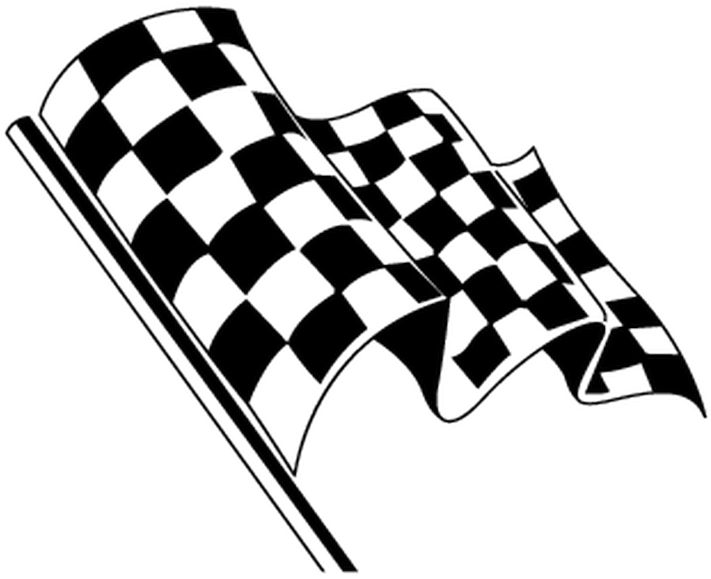
Horseradish!
Straight line acceleration is all some riders will ever understand. You know better, though. What twisty-centric modern motorcycle choices are your favorite and why? Your input is invited. Leave a comment and/or write an article!
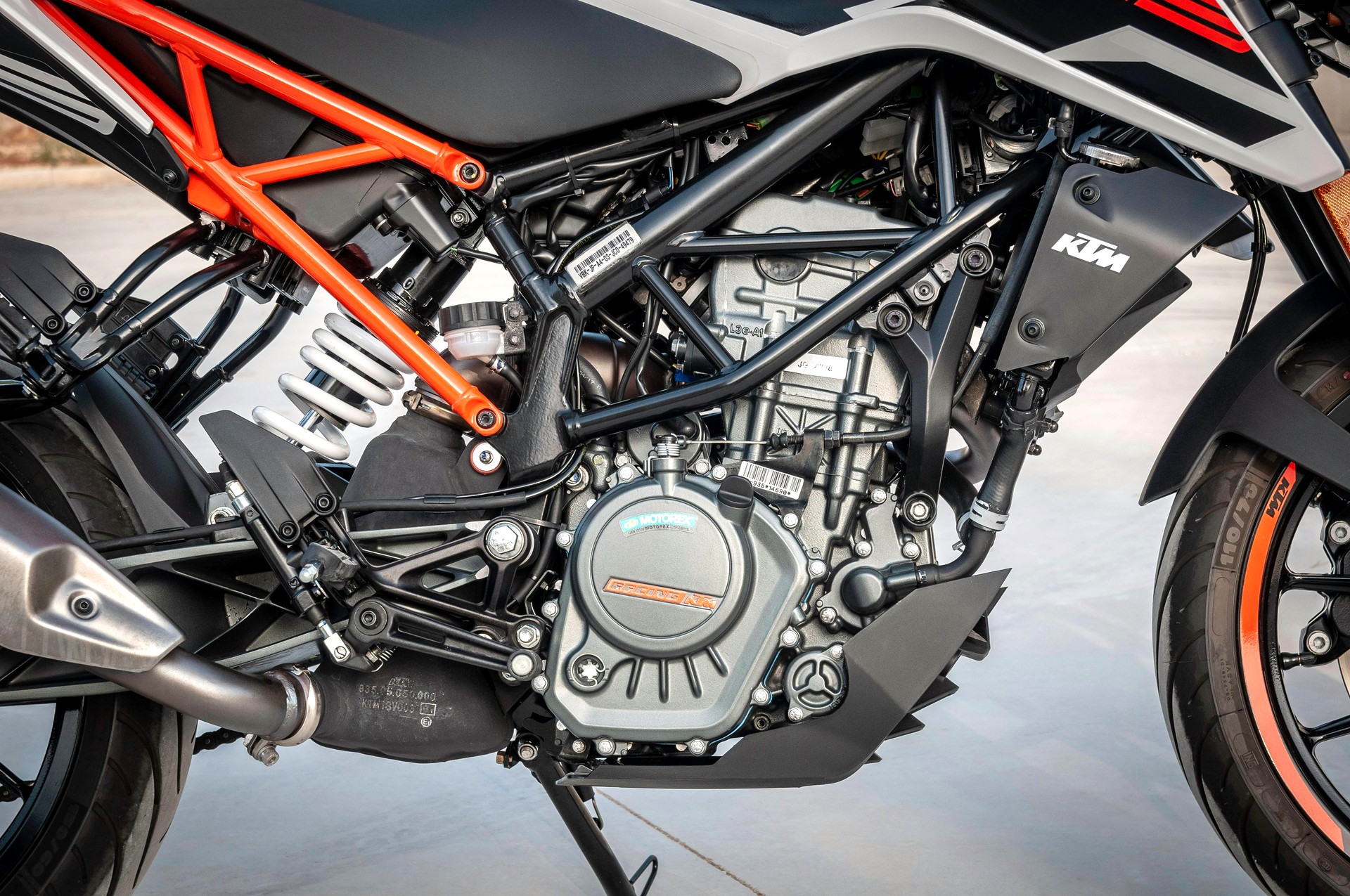
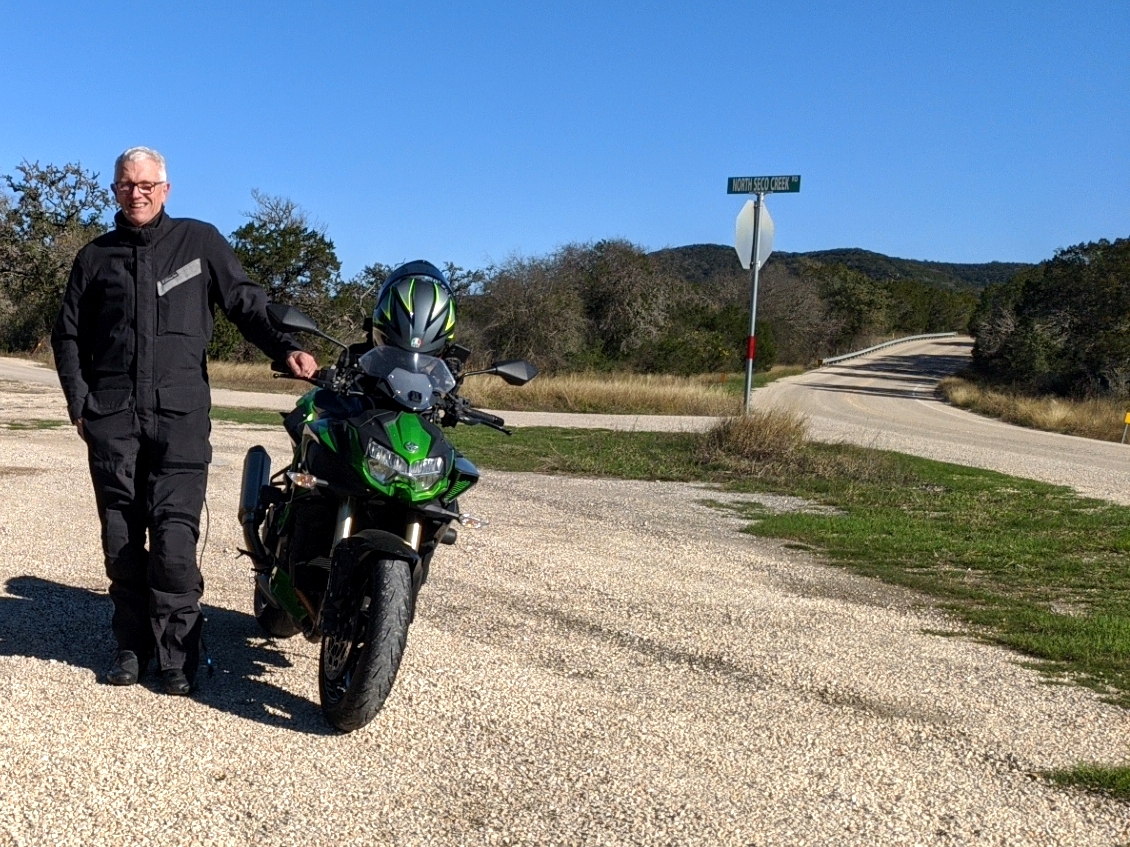
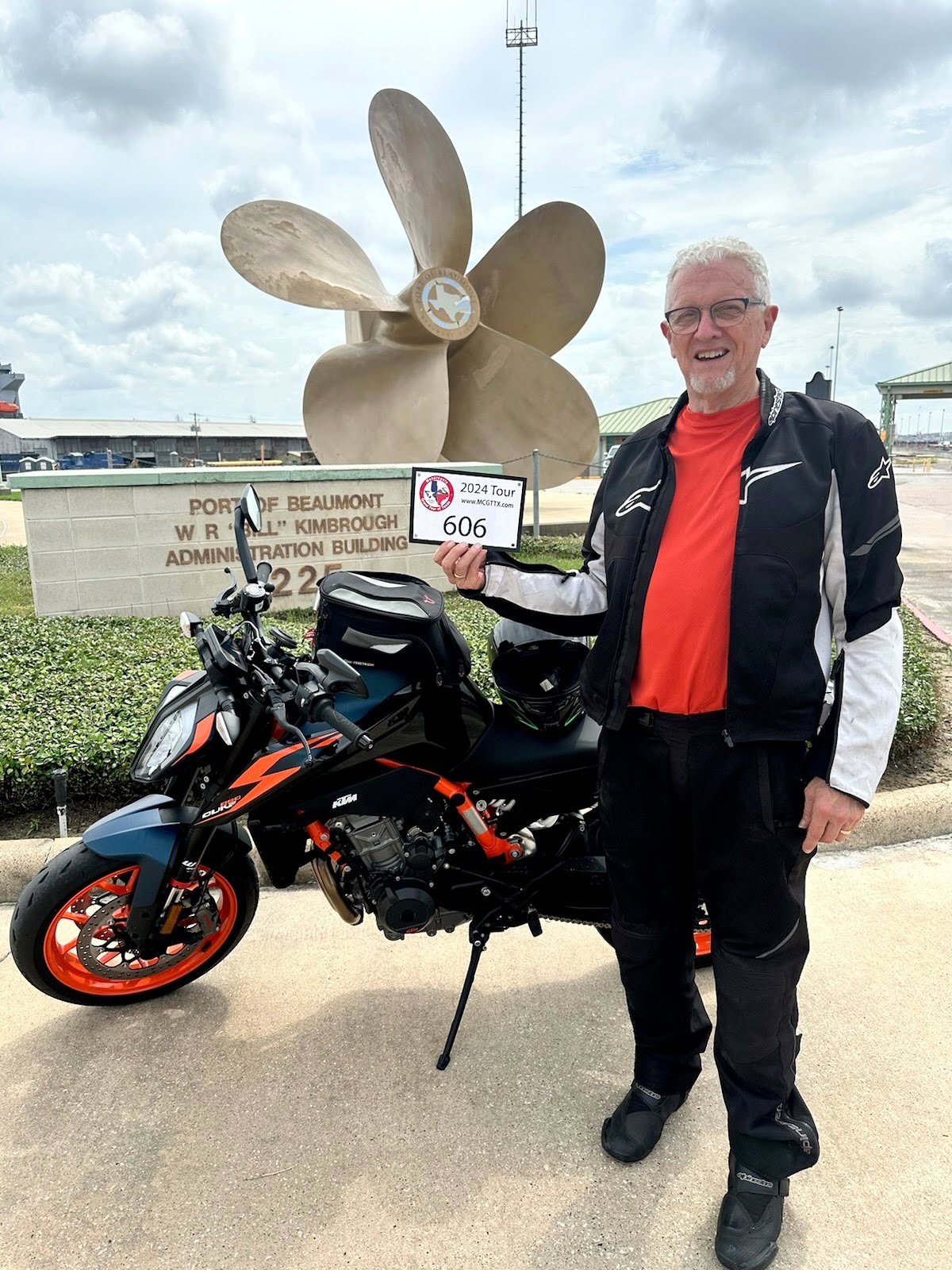
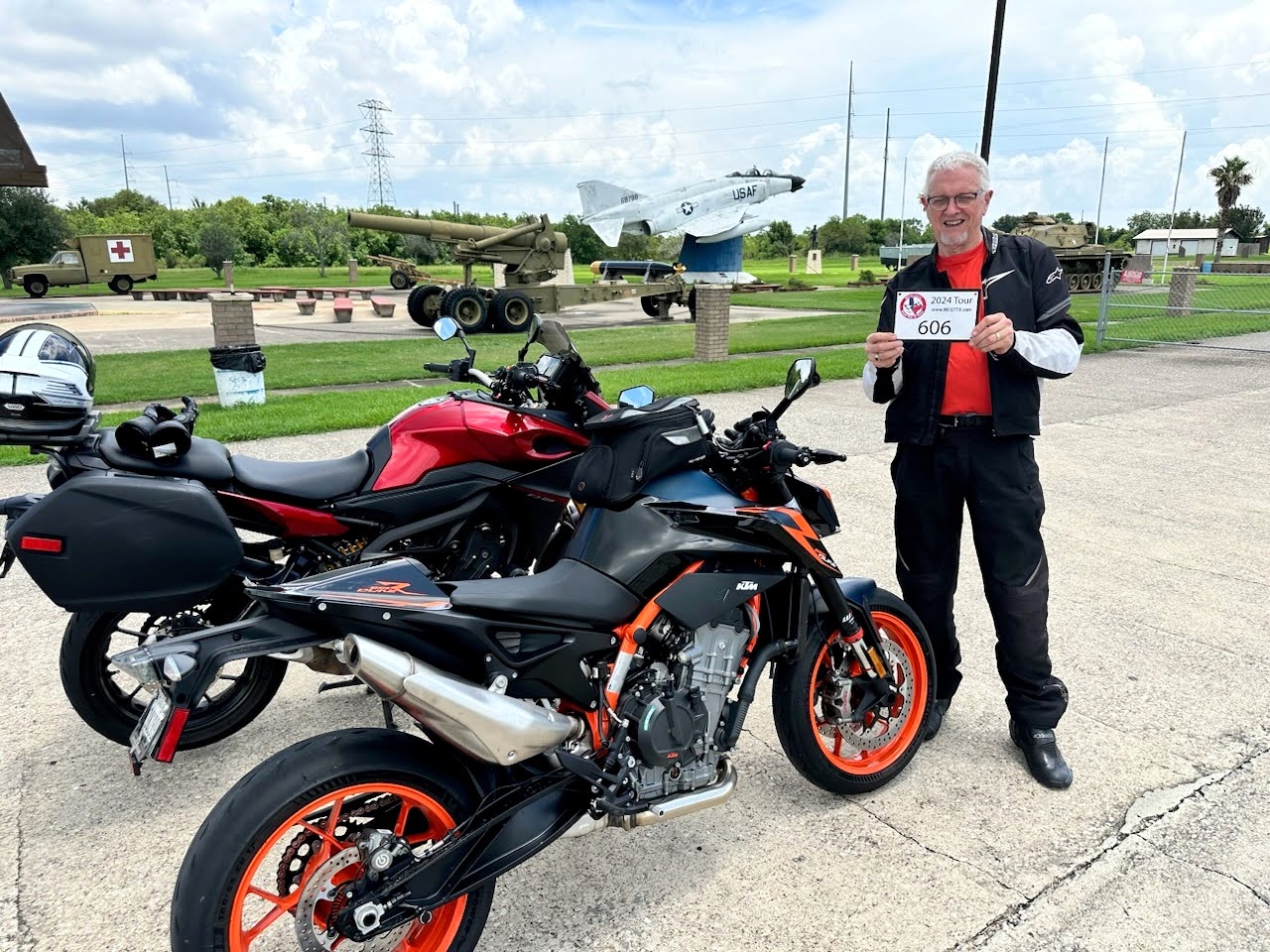
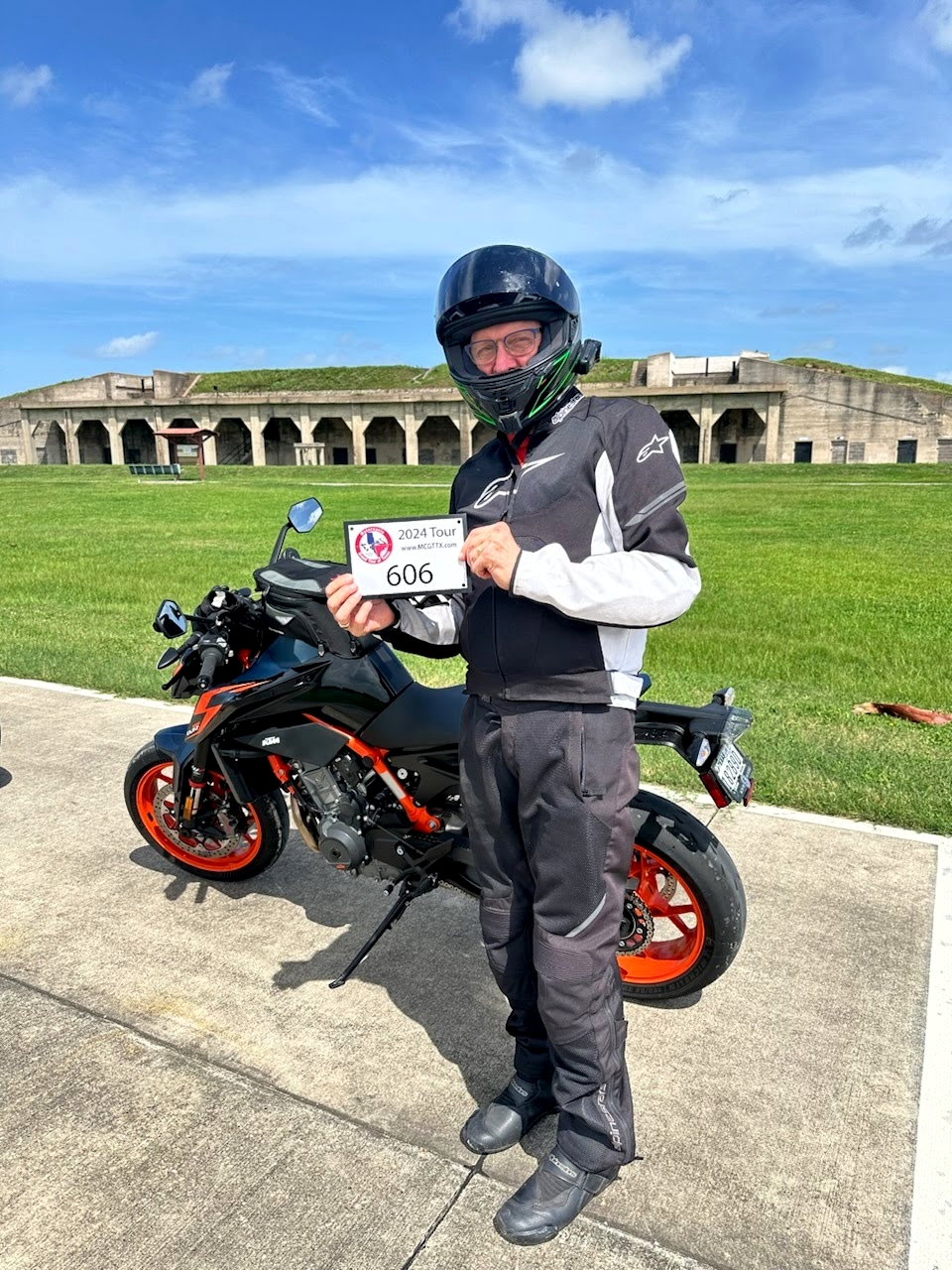



Comments
Great read! From one "mature" rider to another, you nailed it. Too much HP is not needed and usually comes with a bike that's too heavy. I now see why these manufacturers are gravitating toward parallel twins. They offer much more options for better chassis configurations. Now, if they could make an attractive ADV bike ... but that's not on the horizon.
Thoughts gone wild? Write an article!